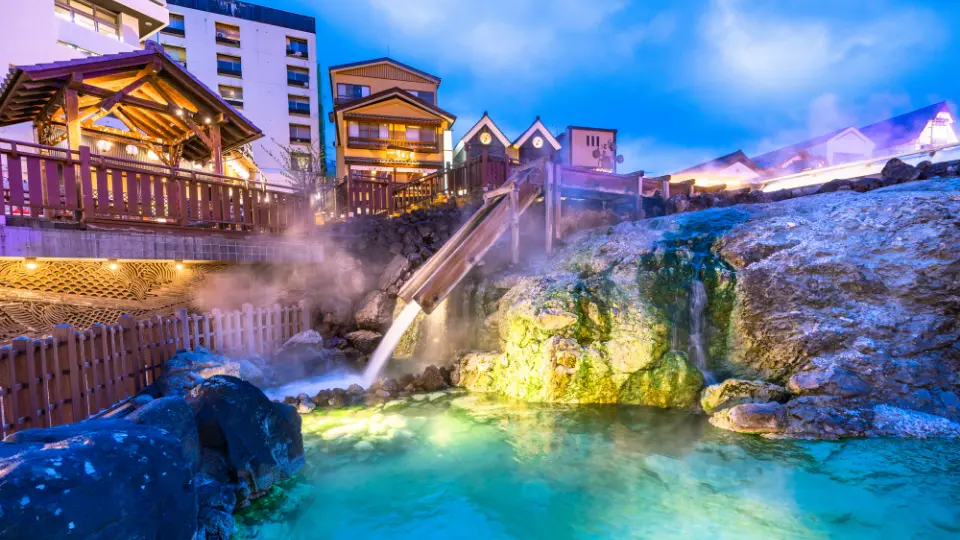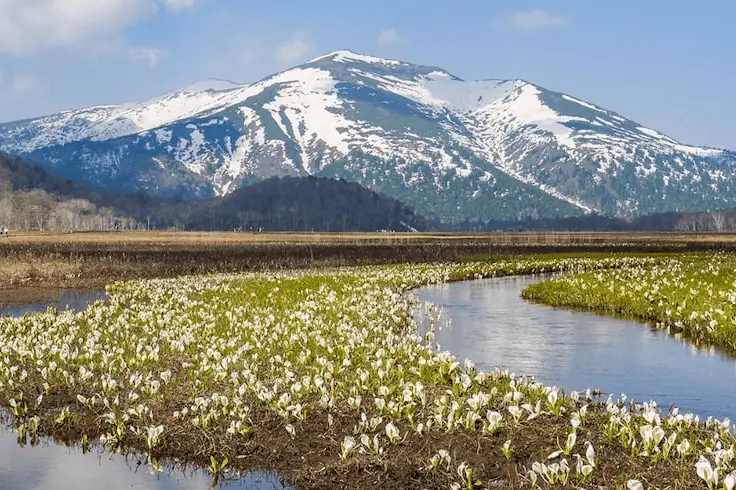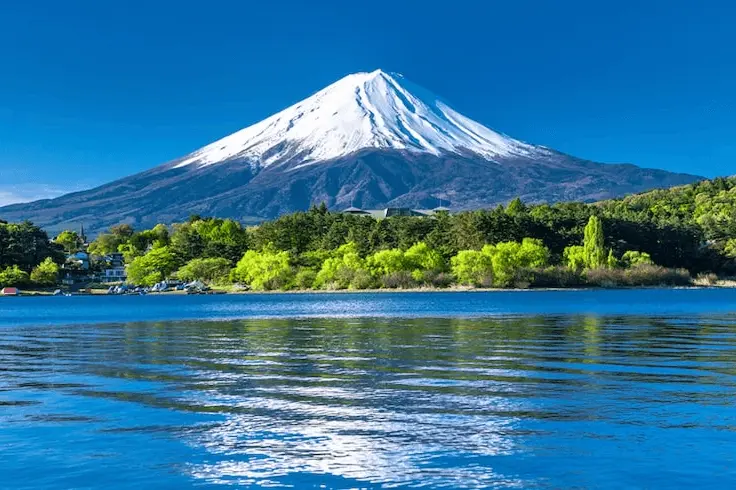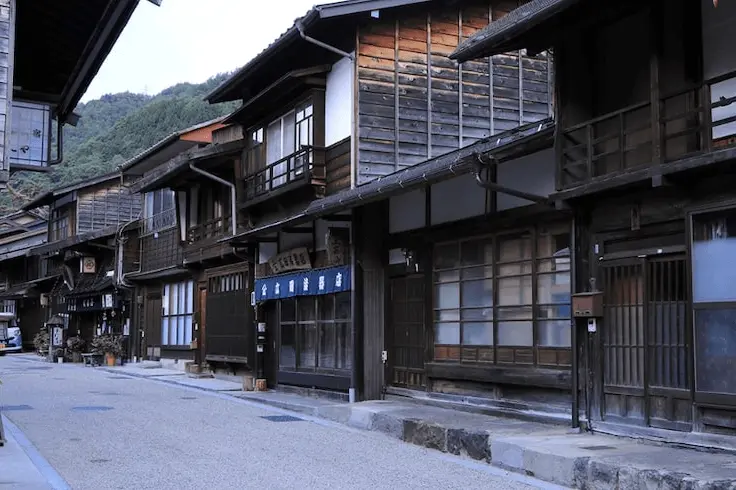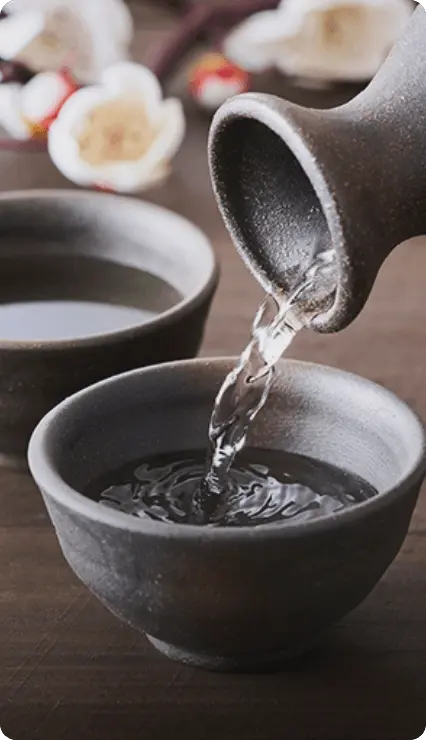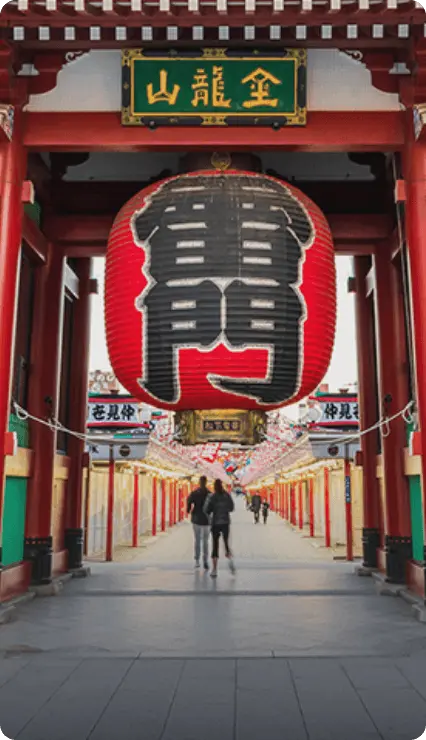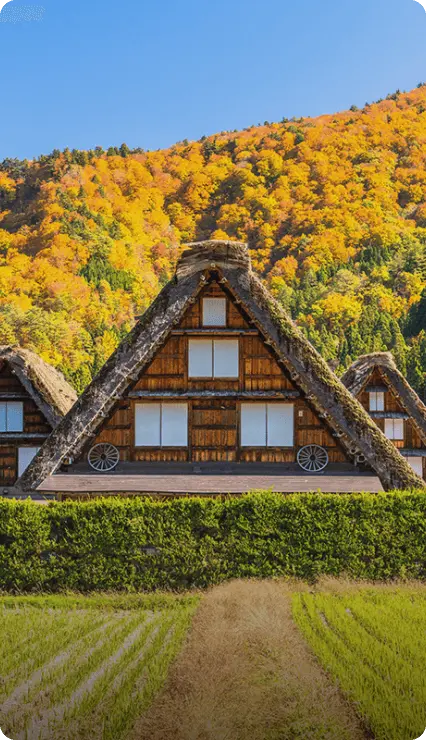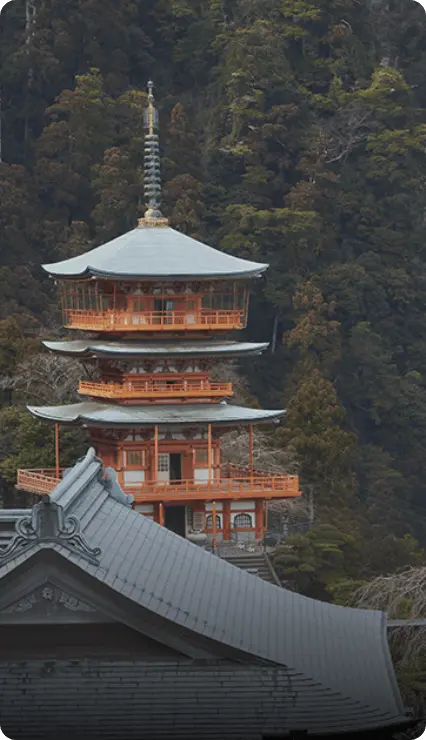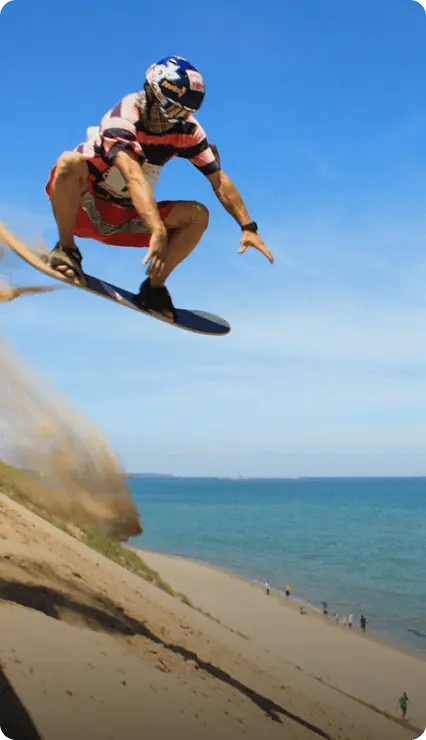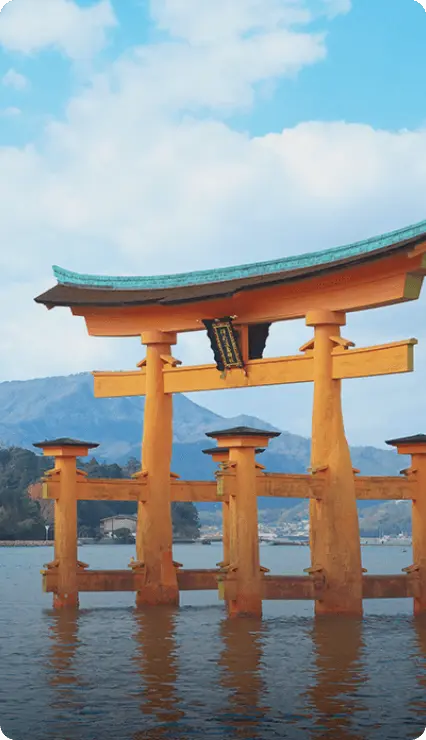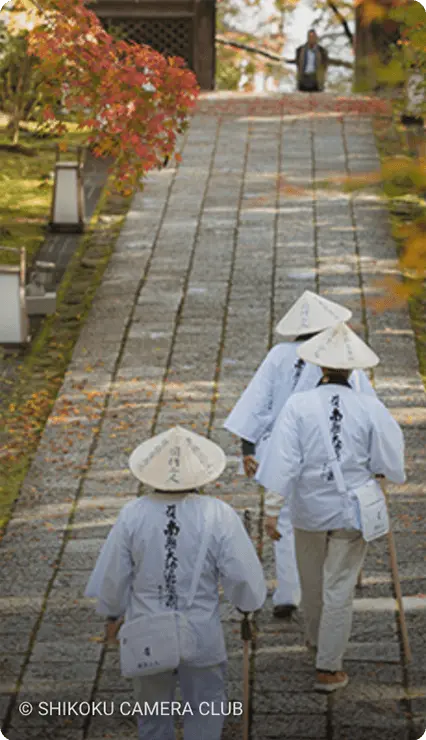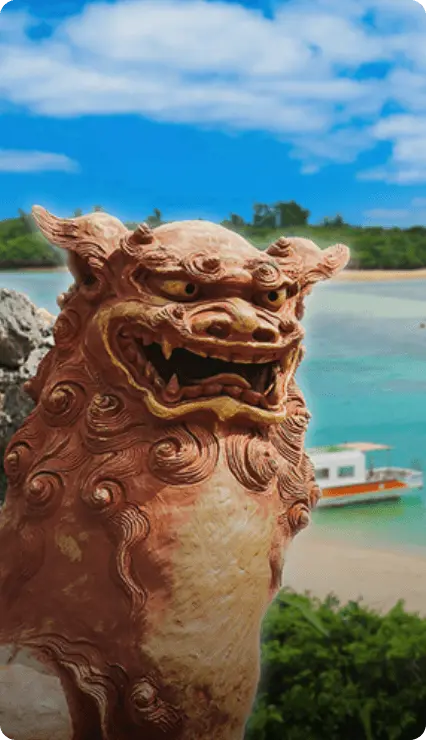Experience the Unexpected on a Journey of Discovery in Greater TokyoIbaraki / Chiba / Kanagawa / Yamanashi

Visitors to Tokyo are blown away by the sheer number of things to see and do. It’s a cacophony of tastes, smells, and sights that truly awaken the senses. However, travel a little further from the city and you might be surprised by the wealth of experiences, including Tokyo hiking adventures, waiting to be discovered. In Ibaraki, you’ll find the great buddha of Ushiku Daibutsu, one of the largest in the world. A short two-hour drive from the monument takes you to Kameiwa Cave and Nomizo Waterfall, two natural wonders that must be seen to be believed. From there, continue your journey to the Hakone ropeway, with its breathtaking views over some of the region’s most famous landmarks, before completing your trip with a kayaking adventure on Lake Shojiko, the smallest of the Fuji Five Lakes, an hour and a half’s drive from the Hakone ropeway, and approximately four hours by public transportation.

- 1
-

1
Admire the awesome Ushiku Daibutsu – Japan’s tallest Buddhist statue
Ibaraki
At a towering 120-meters tall, the Ushiku Daibutsu is one of the largest statues of the Great Buddha in the world and was built in commemoration of the birth of Shinran, founder of the Jodo Shinshu school of Buddhism. Many Buddhist temples in Japan boast impressive statues, but the Ushiku Buddha statue is truly mind-blowing, so big that it is said the monument could fit Nara Prefecture's Todaiji Buddha statue in one hand. As well as admiring this beautiful statue from the ground, visitors are invited to scale 85-meters inside the statue to the observation floor and take in sweeping views of the ornate surroundings that house the buddha. At the lower floor of the statue, you can learn all about how this impressive statue was constructed. As well as being the tallest statue in Japan representing the Buddha, Ushiku Daibutsu is the tallest bronze statue to be found anywhere in the world.
-
120mins
by car from Ushiku Daibutsu to Kameiwa Cave and Noumizo Waterfall
-
- 2
-

2
Experience the magical natural light spectacle of Kameiwa Cave
Chiba
Kameiwa Cave and the Nomizo Waterfall are located upstream on the Obitsu River system and is a breathtaking destination for hikers year-round. Japan forest excursions are incredibly popular, and this stunning area is a go-to destination for hikers from Tokyo keen to explore pristine river valleys flanked by trees. Traverse winding wooden pathways that promise a natural light show, particularly in late June/early July, when fireflies dart across the evening sky. The journey to Kameiwa Cave itself is one of the most impressive hikes near Tokyo, noted for a surprise that lies in wait when you reach your destination: a heart-shaped mirage made from the light reflecting on the river surface through the cave’s entrance. Nomizo Waterfall cascades through the same entry point where the natural light spectacle occurs. Yet, while visitors to the cave can only experience the wonder of this natural art installation around the equinoxes in March and September, the waterfall is entrancing whenever you choose to visit.
-
20mins
by walk from Kameiwa Cave to Kimitsu Furusato Bussan-kan -
130mins
by bus Kimitsu Furusato Bussan-kan to Yaesu, Tokyo on the Axie Highway Bus -
30mins
by Tokaido Shinkansen from Tokyo Station to Odawara Station -
40mins
by bus from Odawara station to Sounzan entrance on the Izuhakone Bus -
15mins
by Hakone ropeway from Hayakumoyama station to Owakudani station
-
- 3
-

3
Hop aboard the Hakone Ropeway for a journey across active volcanic scenery
Kanagawa
A trip on the Hakone Ropeway gondola is your ticket to view some of Japan’s most iconic natural sights. Hop aboard this spectacular cable car and you’ll be treated to uninterrupted views of Mt. Fuji, Japan’s most famous mountain, the tranquil waters of Lake Ashinoko, the volcanic Owakudani Valley, and much more. Located in Fuji-Hakone-Izu National Park, the Hakone Ropeway is one of the longest ropeway rides in the world, covering an impressive four kilometers making it a 45-minute journey. As well as being a great option for thrill seekers keen to see this incredible national park from above, the trip also provides a moment for quiet reflection as you slowly make your way across a landscape molded by the immense force of nature. Visit the attraction in winter and you’ll find a snow-covered landscape, while a summer trip will give you the chance to take in the beauty of Japan in bloom.
-
50mins
by bus from Owakudani to Odawara Station on the Izuhakone Bus -
30mins
by Tokaido Shinkansen from Odawara Station to Shin-Fuji Station -
90mins
by bus from Shin-Fuji Station to Lake Shojiko Ent. on the Fujikyu Bus
-
- 4
-

4
Amble around Lake Shoji, smallest of the Fuji Five Lakes
Yamanashi
Lake Shoji is the smallest and least developed of the Fuji Five Lakes and is therefore less well known perhaps than its contemporaries, like Lake Kawaguchi. However, its smaller size takes nothing away from its natural beauty and serene views of Mt. Fuji. Once part of a single lake covering what is today Lake Motosu and Lake Sai, a huge eruption of Mt. Fuji between 864–868 AD separated them (although they are still connected by underground waterways and thus maintain the same elevation above sea level of 900m). Lake Shoji boasts a special view of Mt. Fuji as the iconic volcano looms over a separate much smaller mountain in the foreground, giving the impression that the larger mountain is cradling the tinier one. Hiking, camping, kayaking and fishing are popular around the lake, and the two larger lakes of Motosu and Sai are within easy reach by bicycle through the tranquil scenery. The final stop on an incredible tour of Greater Tokyo’s more unusual sights.
Other Recommended Itineraries
in Greater Tokyo
Greater Tokyo
Bright lights, bustling markets and outstanding restaurants draw tourists to Tokyo from all over the world. Yet, many are unaware of the opportunity for unforgettable experiences that exist in the areas surrounding the city. Discover ancient Japanese customs, stunning natural sites and curious traditions in Greater Tokyo.












Hokkaido

Tohoku

Greater Tokyo

Central Japan

Kansai

San'in

Setouchi

Shikoku

Kyushu

Okinawa


